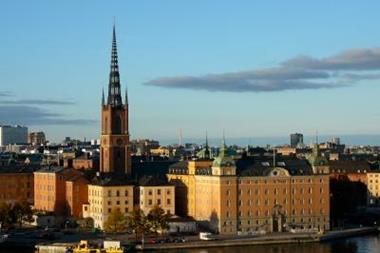39% increase in H1 partly due to increased energy and property rates, but rest of 2009 likely stable
A bounce in investment returns helped pre-tax profits at Lloyd’s rise 39% to £1.32bn for the first six months of this year.
The London insurance market recorded a £949m pre-tax profit for the same period last year.
Lloyd’s chairman Lord Levene said: “The first six months’ result has been achieved in what remain challenging circumstances. The market is in solid financial shape and business volumes have increased as a result of brokers and policyholders seeking to use the security of the Lloyd’s platform.”
Lloyd’s insurers, which invest primarily in government bonds, corporate bonds and cash, raked in a total of a positive return of £708m, compared with £346m in the prior-year period.
The market continued its fairly tight underwriting discipline and recorded combined operating ratio of 91.6%, compared with 89% for the year before.
It was hit by the Air France plane disaster, Australian bush fires and windstorm Klaus, which ravaged central Europe.
Analysing the results, director of insurance at accountancy firm Mazars, Paul Bennett, said: “The increase in profit over H1 2008 was largely due to the improved investment return – better than might have been expected at the beginning of the year – and this level of return should not be taken for granted for 2009 as a whole.”
Finance director Luke Savage said the first half of the year had seen energy rates pick up 17% and property pick up between 7% and 8%, but other classes remained stable.
“Other than a sizeable market event, there will be nothing pushing up rates. A lot of things we are insuring have fallen in value. We have the same amount of capital chasing lower insured values.”
Savage said that the market was preparing to adopt its own formula for Solvency II, rather than the one put forward by the European regulation authorities.
The market formula would help avoid heavy the possibility of heavy capital buffers, he said. “People think that it is all about 2012, but you have to be ready for a dry run from the middle of 2010.
“That means we only have a year to prepare instead of three,” he said.






































No comments yet